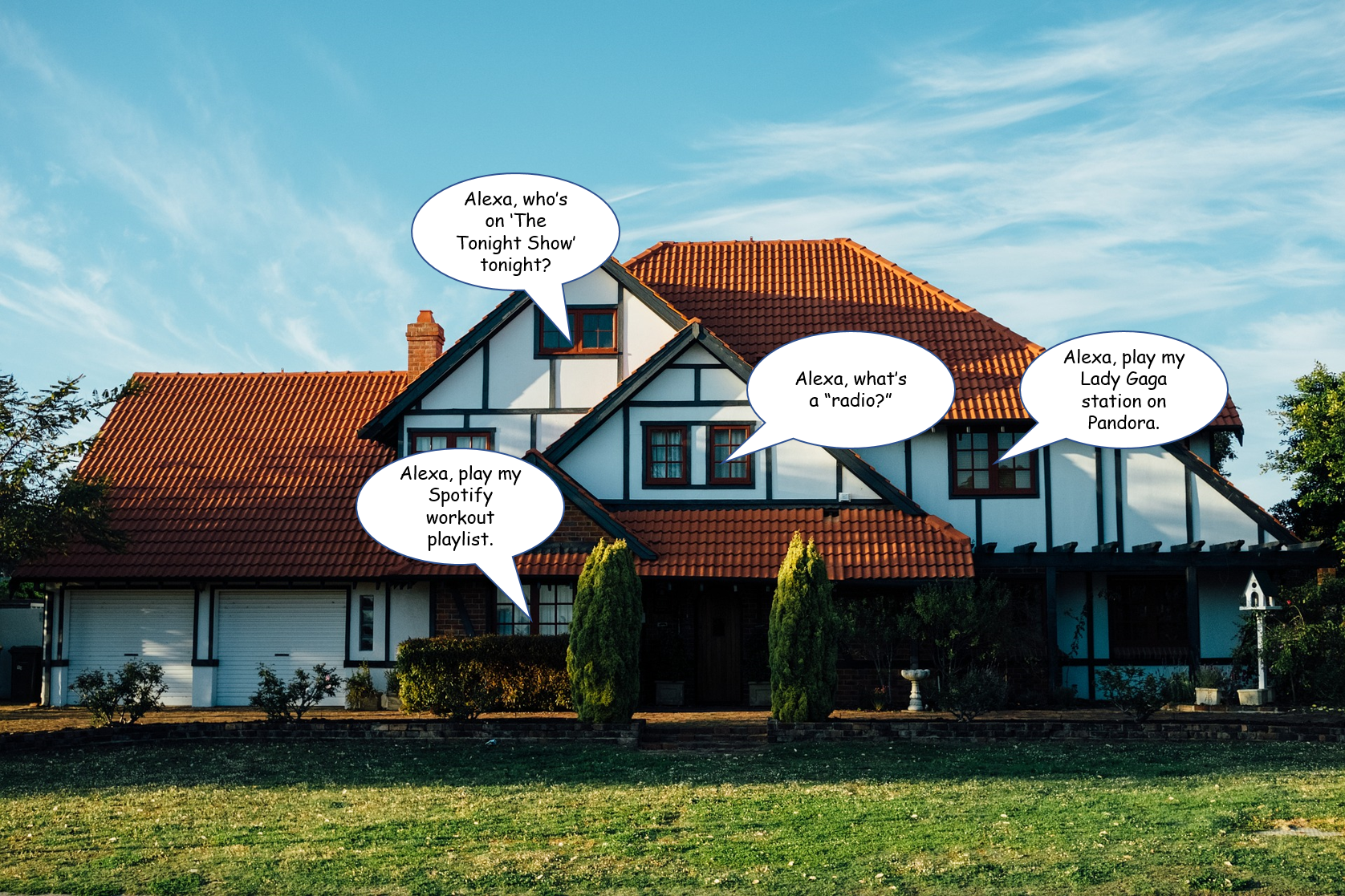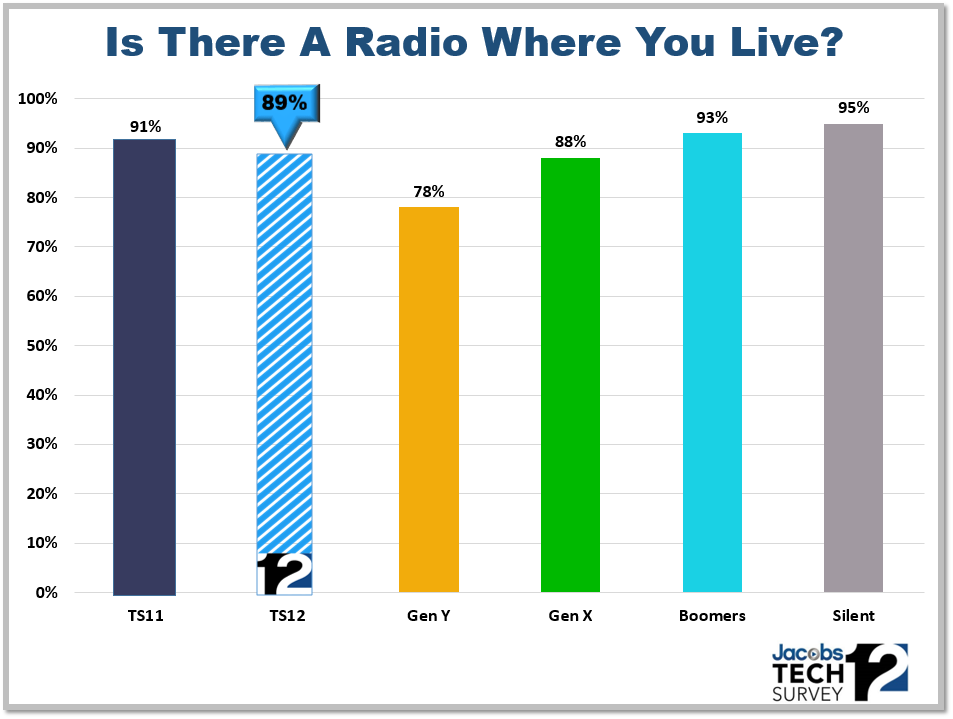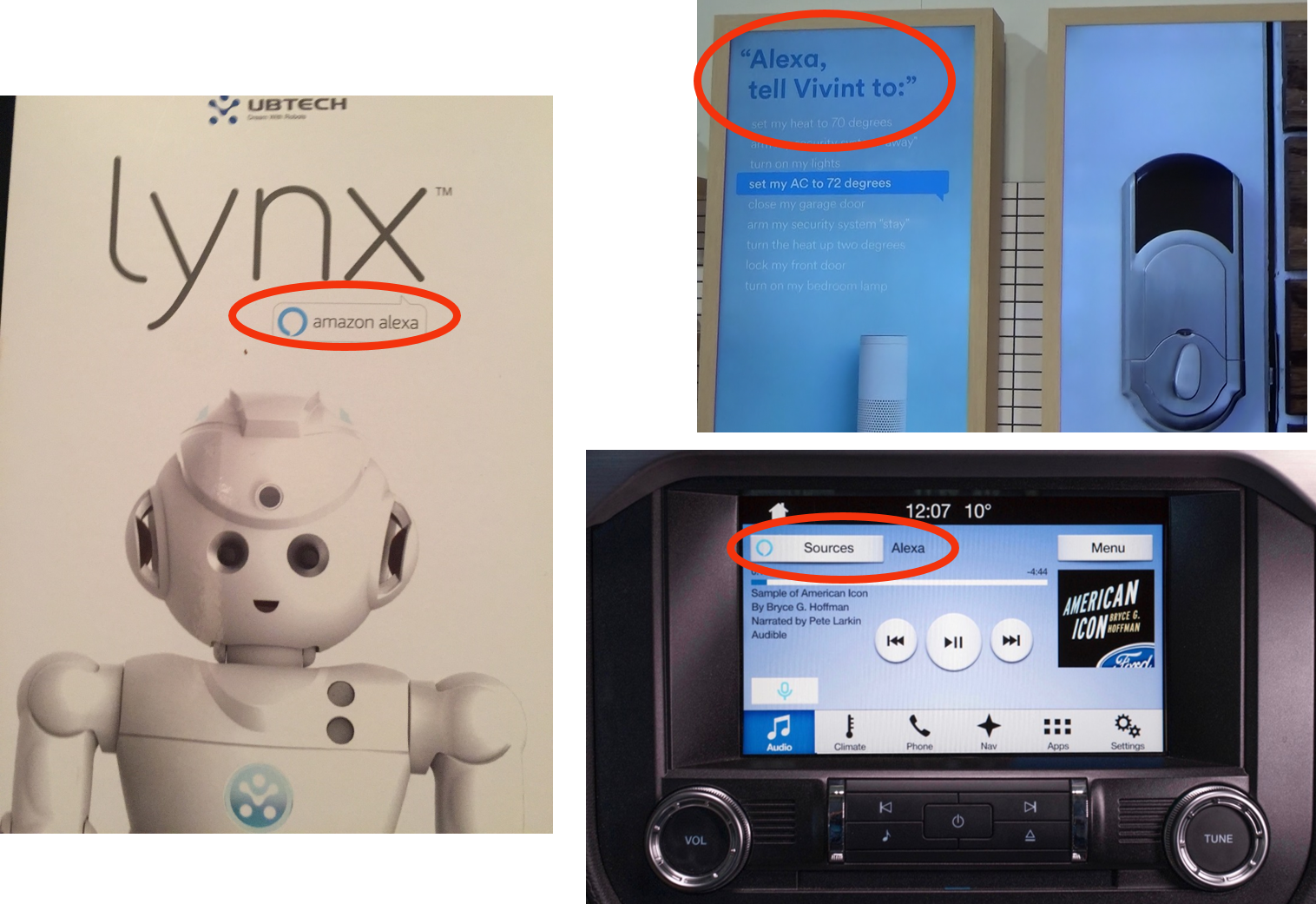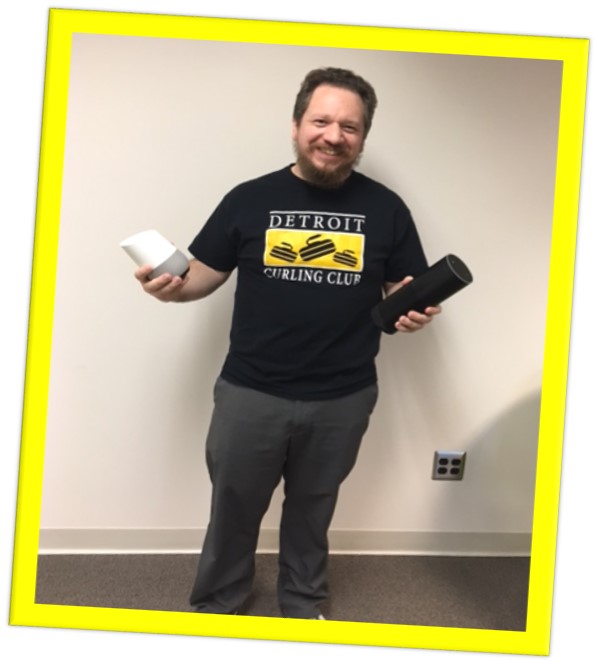 Since our company ebraced the “connected car” as lightning rod radio issue several years ago, we have been joined by many others in the industry who share our concerns about radio’s place in the dashboard. Along with our DASH conferences, and raising awareness of the industry’s in-car challenges, it has enabled many conversations with concerned broadcasters. Clearly, some of the highlights on our CES tour last month took place at the Ford, Toyota, Daimler-Benz, and Visteon exhibits.
Since our company ebraced the “connected car” as lightning rod radio issue several years ago, we have been joined by many others in the industry who share our concerns about radio’s place in the dashboard. Along with our DASH conferences, and raising awareness of the industry’s in-car challenges, it has enabled many conversations with concerned broadcasters. Clearly, some of the highlights on our CES tour last month took place at the Ford, Toyota, Daimler-Benz, and Visteon exhibits.
And rightfully so. Radio continues to have prime presence in cars, and they’re not going away anytime soon. And consumer desire for AM/FM radio in the car remains steady and robust. The speed bump is about choice, and there’s lot of it in “connected cars,” thanks in large part to the driver’s ability to bring in smartphone content, as well as dashboard apps like Pandora and the omnipresent free trial from SiriusXM when consumers purchase or lease a new vehicle.
But beyond the car, radio faces another problem that we continue to see up close and personal in the Millennial interviews we’ve conducted in a project on behalf of the Public Radio Program Directors and a group of 15 stakeholder stations. In the past few months, we’ve visited young Gen Y professionals in their homes and workplaces (often the same place), and we keep noticing something missing: a working AM/FM radio.
Statistically, we’re continuing to track radio’s presence at home, at work, and in cars. And on the home front, radio’s presence is like a tire with a slow leak. We’re witnessing the gradual erosion of radios at home among the entire population. But when we zoom in on Millennials, it’s becoming a larger problem. The last two Techsurveys have tracked it well. A medium that prides itself on a weekly cume reach in the low 90% range is going to have more and more difficult maintaining that level, when those old clocks radios and boom boxes fail.

TS13 is in the field as I write this post, and this is a question we’re continuing to track. Radio’s in-home problem among young people is a direct reflection of the medium’s value and utility among an emerging audience of consumers with myriad options that are more accessible and more in-line with their tastes.
At our last DASH conference, auto industry analyst and consultant, John Ellis, spoke with our Seth Resler for our podcast:
“Guys, you have a bigger issue than just the car. ‘What is radio?” to this new group that’s coming up?”
And when “radio” is not on at home (or doesn’t even exist there), the medium moves further away from the consciousness of a new generation, adept at finding the right option at the right time on the right device.
That’s why we’re so bullish on voice command technology, specifically Amazon Echo and Google Home that are increasingly showing up in kitchens, family rooms, and all sort of places in homes, condos, apartments, and ostensibly dorms and other college abodes.
At CES, “Alexa,” in particular, was the name most often heard on the floor of the Las Vegas Convention Center. As the voice of the Amazon Echo, many device makers were featuring her presence in their gadgetry. This included robots, security systems, and other devices.
Ford has also announced a partnership with Amazon to bring Alexa into Fusions, Explorers, Escapes, and their other vehicles, opening up even more options to drivers.

Since becoming an Amazon Echo owner last year, I’ve been able to personally experience the convenience of having Alexa around the house these past several months. And one of the results is that I’m listening to more radio at home – commercial and public – thanks to the ease of voice commands and the simplicity of this device.
I’m not alone. MediaPost reveals the most used Amazon Echo features by those who own one of these devices. For 85% of these consumers, Alexa has been asked to set a timer. But the second most common command – mentioned by more than eight in ten Echo owners – is “Play a song.” Turning on the radio is just a short hop away, signaling opportunity for radio to regain its footing at home.
For radio on these devices, the entry point (at least for now) is generally the TuneIn app, but consumers who own an Echo may not even know this is one of her “skills.” As we’ve learned over the past several years, we cannot take for granted that people somehoww know how to tune in our radio stations in their new cars – or on voice command devices.

Our team at jacapps has been hard at work, developing new “skills” for Alexa. From podcasting to morning show previews, there’s a lot these devices can do. We’ve been playing with our Echo (and yes, our Google Home) because of its huge potential to redefine the way consumers inform and entertain themselves where they live.
The first step is grasping the changing culture of consumer technology (and this year’s visit to CES was an eye-opener), as well as understanding adoption patterns from your own audience. We’ll be rolling out the results of Techsurvey13 to stakeholder stations first, and then at Joel Denver at Sat Bisla’s Worldwide Radio Summit in L.A. in May.
Radio’s at-home challenge – like so many of the others – starts with awareness. Then it’s about devising smart strategies to take advantage of the available technology.
Yes, radio’s being disrupted by any number of channels, devices, and platforms. But many of these same game changers provide the industry with solutions, if we’re smart and prescient enough to figure them out.
“Alexa, let’s listen to the radio.”
- What Is It With Female Robot DJs? - April 30, 2025
- Why “Dance With Those Who Brung You” Should Be Radio’s Operating Philosophy In 2025 - April 29, 2025
- The Exponential Value of Nurturing Radio Superfans - April 28, 2025




Once again, Fred…..you’re right on with Amazon’s Echo. Just fired up my new Echo the day Al Jarreau died. My first “test” of the device was to tell “Alexa….play Al Jarreau tunes”……and she did. The day when ALL of our electronic devices will be voice-controlled HAS to be right around the corner……
Biv, we think so, too. Thanks for sharing the experience and reading our blog.
What I’m hearing: A kitchen radio has become the new waffle iron. A cappuccino machine took its place.
Uh, yes.
If I read it right, you’re saying people no longer have the skill to station surf for non-preset stations. In cars I’ve, noticed only seem to listen to preset stations and never tune using the dial. Is station tuning and station surfing a lost skill?
In a DMA like New York with 159 stations, car listeners seem to ignore all but the 8-10 stations programmed into their car radios. In homes, do listeners know about only a small subset of available stations? Given that, is radio listening an unchanging, routinized process?
Consumers tend to listen to their presets. And our research shows they rarely change them. For most people, the way they’re set up when they pick up their vehicles is generally the way they end up.
Your comment about the NY DMA is correct. And the analogy that holds up is satellite radio where the are more than 200 channels, but most people just listen to the same handful. I think part of this is due to simply too many choices, and consumers gravitate to their series of go-to sources. Thanks for the comment, Steve.
Hasn’t it always been about convenience? Quality? Choices? This is an awesome post, Fred. The digital dashboard is going to revolutionize “radio” (broadcast) right out of it if this keeps up. Remember when you’d buy something -and it also happened to have a radio in it ? With you smartphone, you’ve got two of the reasons we used to have a clock radio. What time is it? Can I hear entertainment? (Oh, and set me an alarm.) It’s long past due to start marketing “radio” as well as Spotify, Pandora, Sirius/XM, Apple music, Google”. It’s time to get Alexa to “Turn on 91X”. One of the reasons AM/FM still works in the car? It’s there. It’s different in a lot of homes-cause you’re now carrying your entertainment system in your pocket (phone)…and the “radio” it’s using is your in-house wi-fi. Can broadcast get back into the home? If we create something they want…(one of those “presets”) and tell ’em it’s there. Back in the day radio STATIONS were fighting other STATIONS for listeners. Stunts, promotions, marketing. Maybe now it’s the MEDIUM (broadcast) that’s got to use those tactics to compete with podcasts, trueplays, streaming. We can only hope, Fred, that someone with the power will see the warning signs. Otherwise radio will BE the waffle iron of the 21st Century.
Dave, thanks for the reminder that it’s not just the technology, but giving the audience what they want. For radio, it’s not about just competing with the station down the dial. Radio is competing with EVERYTHING. Appreciate the kind words and you reading our blog.
These voice-activation devices have to be a big part of our future. We’re working to train our audience on how to use the devices.
The first step was this blog post – https://news.stlpublicradio.org/post/listening-amazon-alexa – with the YouTube video: https://youtu.be/3-S9Ggqe-Vs.
There’s plenty more to consider with SVPAs but I’m excited for the role that audio/radio can play in reaching more people through these devices.
Tim, great to see St. louis Public Radio is on top of this one, and congrats on seeing the potential early on. SVPAs (Smart Virtual Personal Assistants) are only going to grow in popularity, signaling an opportunity for radio. Thanks for the comment.